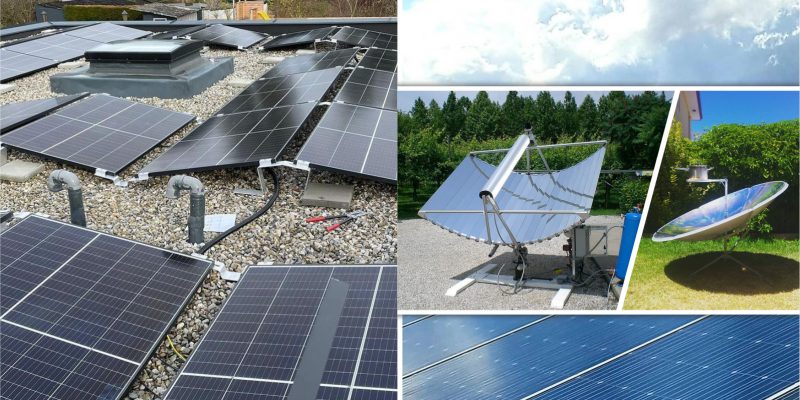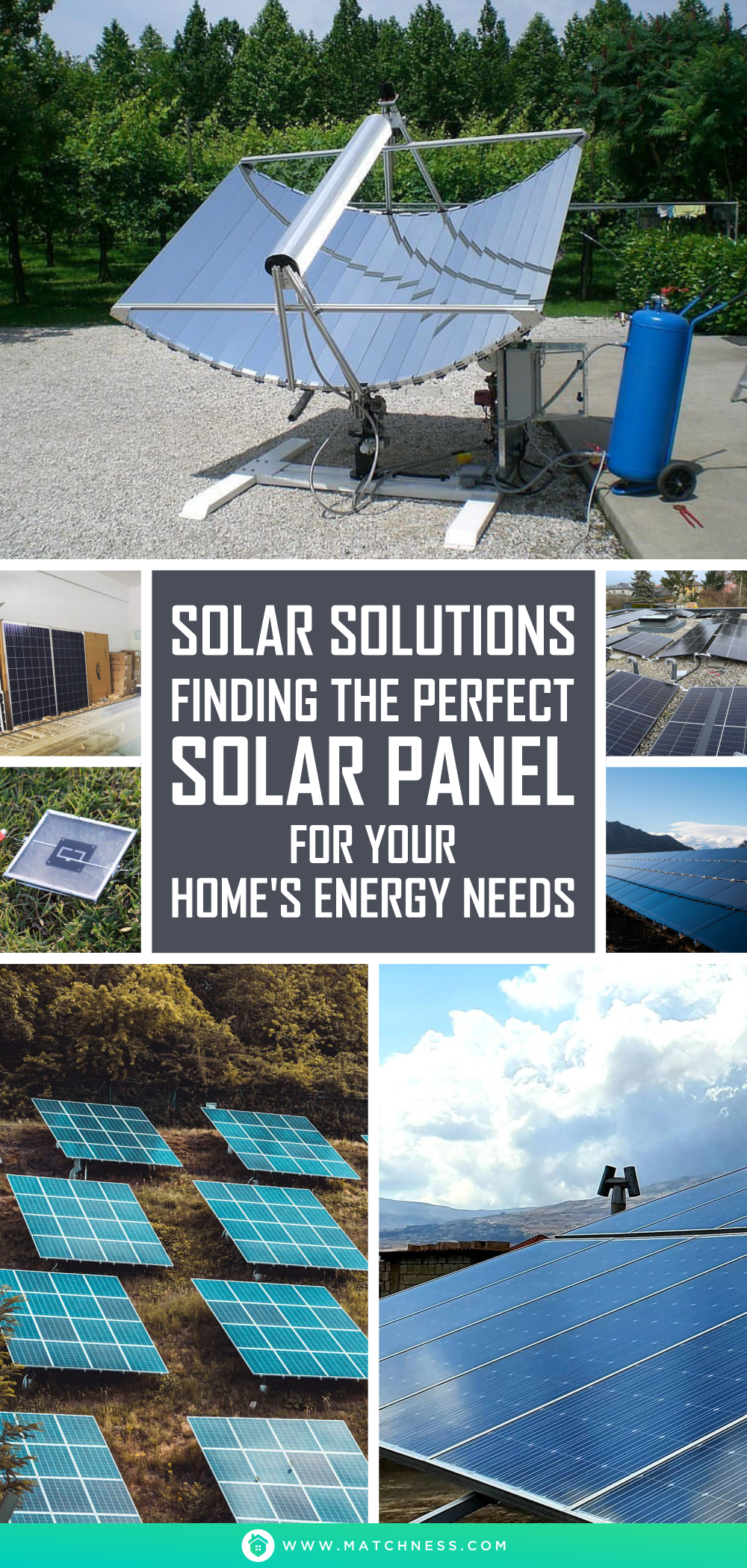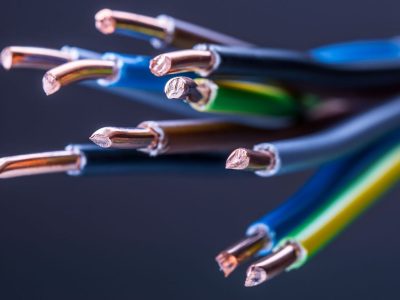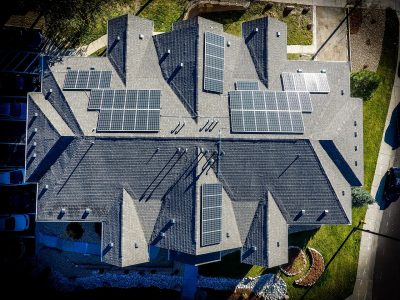It’s amazing to think that the sun can generate enough power in just one minute to cover the world’s energy needs for an entire year. In fact, within a 24-hour period, the sun can produce more energy than the entire population would consume in 27 years. This highlights the reliability and longevity of solar energy as a source of power, and it’s also very cost-effective and efficient when the right types of solar panel installation are done in the right environment. The solar industry has worked hard to develop techniques to generate, use, and store solar energy, utilizing different types of solar panels and converting sunlight into usable electricity. The future of solar energy looks very promising indeed. As we already provide you with the information about why it’s important for us to consider transitioning to solar energy, The moment has arrived for us to provide you with beneficial insights regarding both the ordinary and distinctive varieties of solar panels.
Solar panels come in various types that cater to different requirements and objectives. To obtain a brief and comprehensive summary, refer to our ultimate solar panel guide. However, if you seek a thorough explanation of the distinct solar panel varieties, please read on.
The fact that solar energy can be utilized differently depending on whether it is being harnessed on Earth or in space highlights the critical role of location in determining the most suitable type of solar panel.
Monocrystalline Solar Panels (Mono-SI)
The solar panels crafted from monocrystalline silicon are the purest variety and are easily identifiable due to their uniform, dark appearance and rounded edges. These panels have an exceptional efficiency rate, with the latest models exceeding 20%, thanks to the high purity of the silicon used.
Monocrystalline panels boast a high power output, occupy less space, and have the longest lifespan, although they are also the costliest of the options. Additionally, they offer the benefit of being somewhat less susceptible to high temperatures compared to polycrystalline panels.
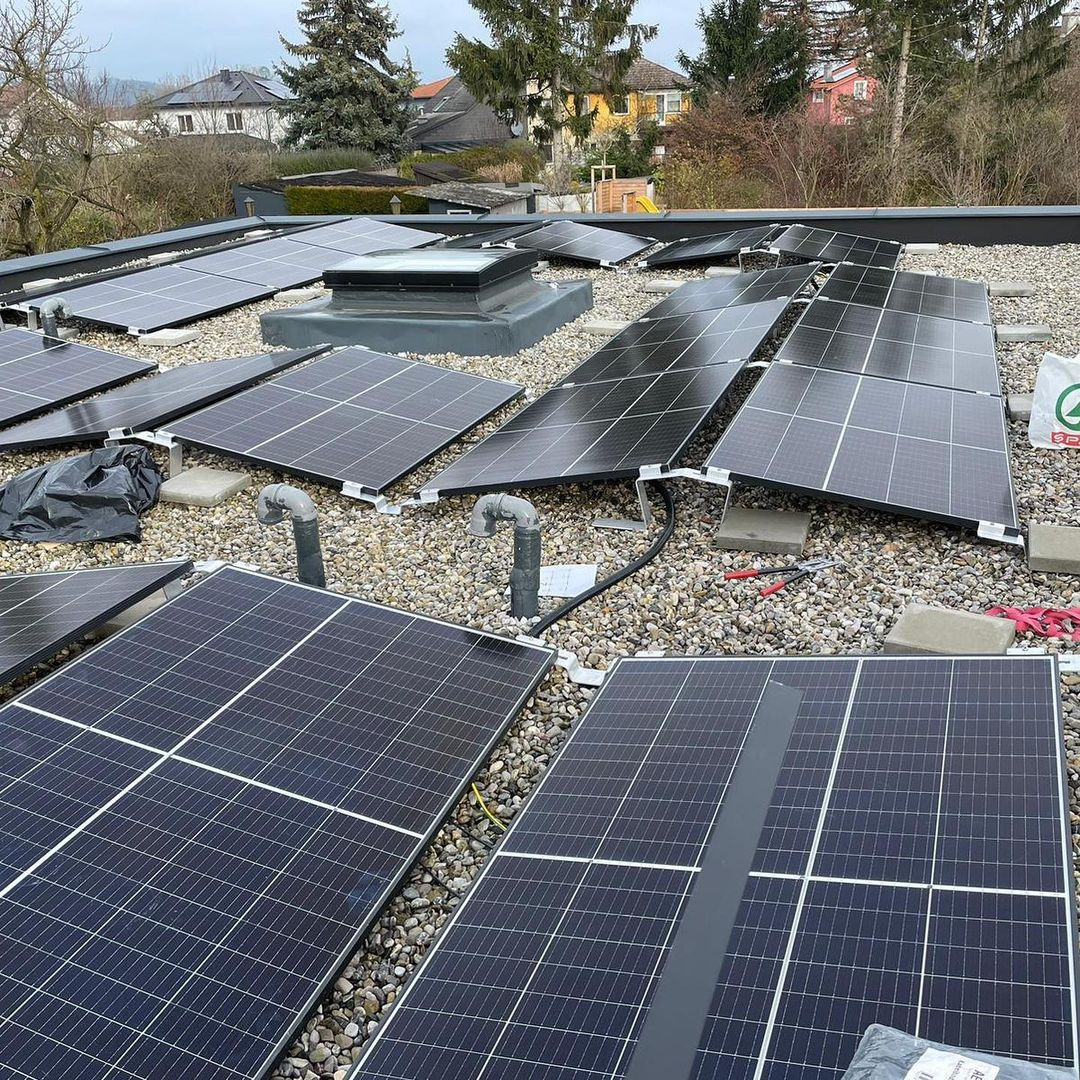
Monocrystalline solar panels are made of monocrystalline solar cells. Each cell is part of a single crystal of silicon grown specifically for the purpose of making solar panels. These panels have an extraordinary level of efficiency, with the latest models exceeding 20%, thanks to the purity of the silicon used. Monocrystalline Solar Panel from @jm_smart_solutions
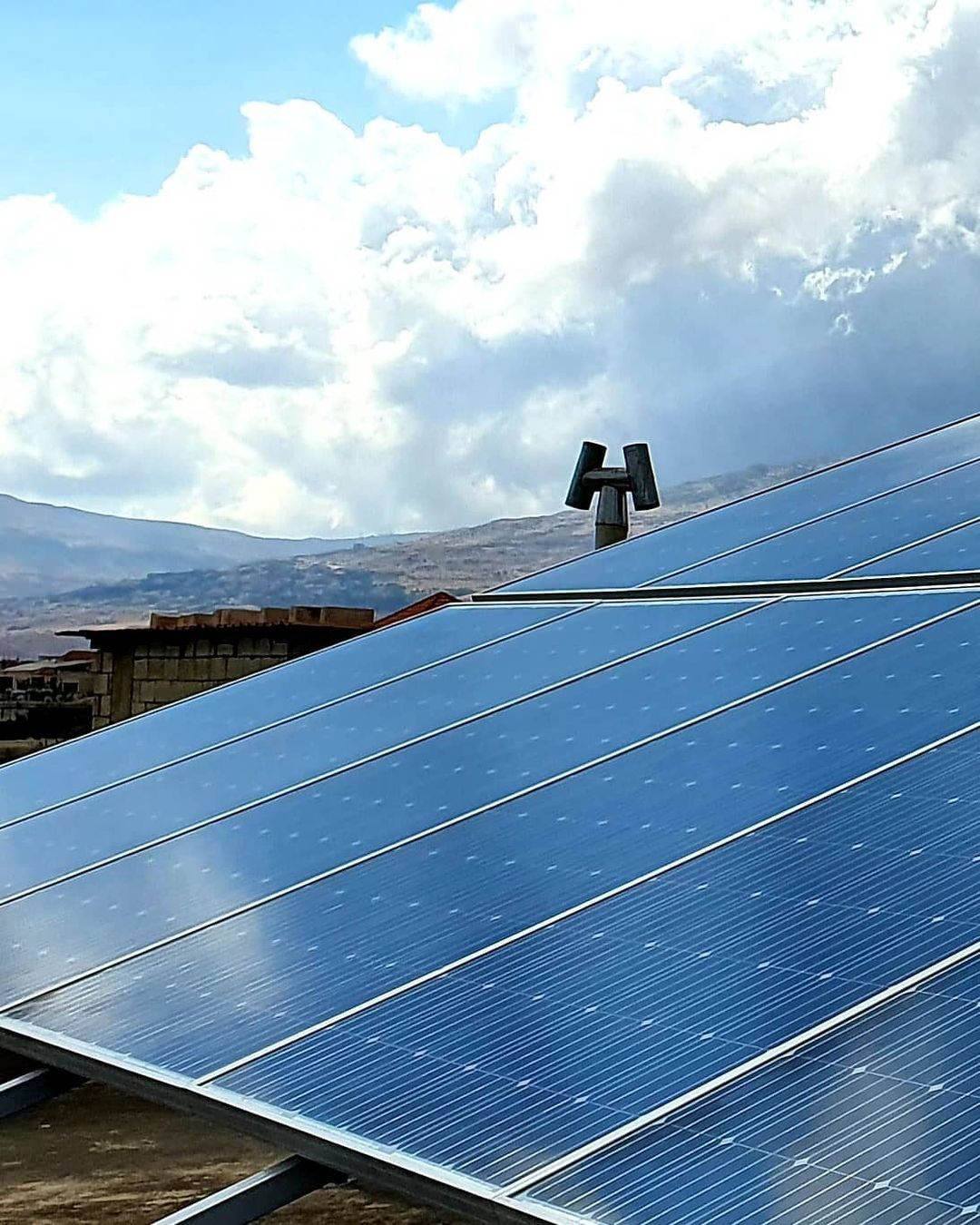
A hybrid solar system is a solar power system that uses solar panels, a hybrid inverter and a battery bank. Solar panels convert sunlight into electricity, while batteries store energy for later use. Hybrid Solar System from @lteif.for.general.trading
Polycrystalline Solar Panels (Poly-SI)
The panels in this category can be quickly identified by their square shape, uncut angles, and speckled blue appearance. They are produced by melting raw silicon, which is a faster and more economical method than that employed for monocrystalline panels.
As a result of this manufacturing process, polycrystalline panels have a lower efficiency rate of roughly 15%, as well as reduced space efficiency and a shorter lifespan due to being more susceptible to high temperatures. Nonetheless, the differences between monocrystalline and polycrystalline solar panels are not significant, and the choice will largely depend on your specific requirements. The former option provides slightly greater space efficiency at a somewhat higher cost, but power outputs are essentially similar.
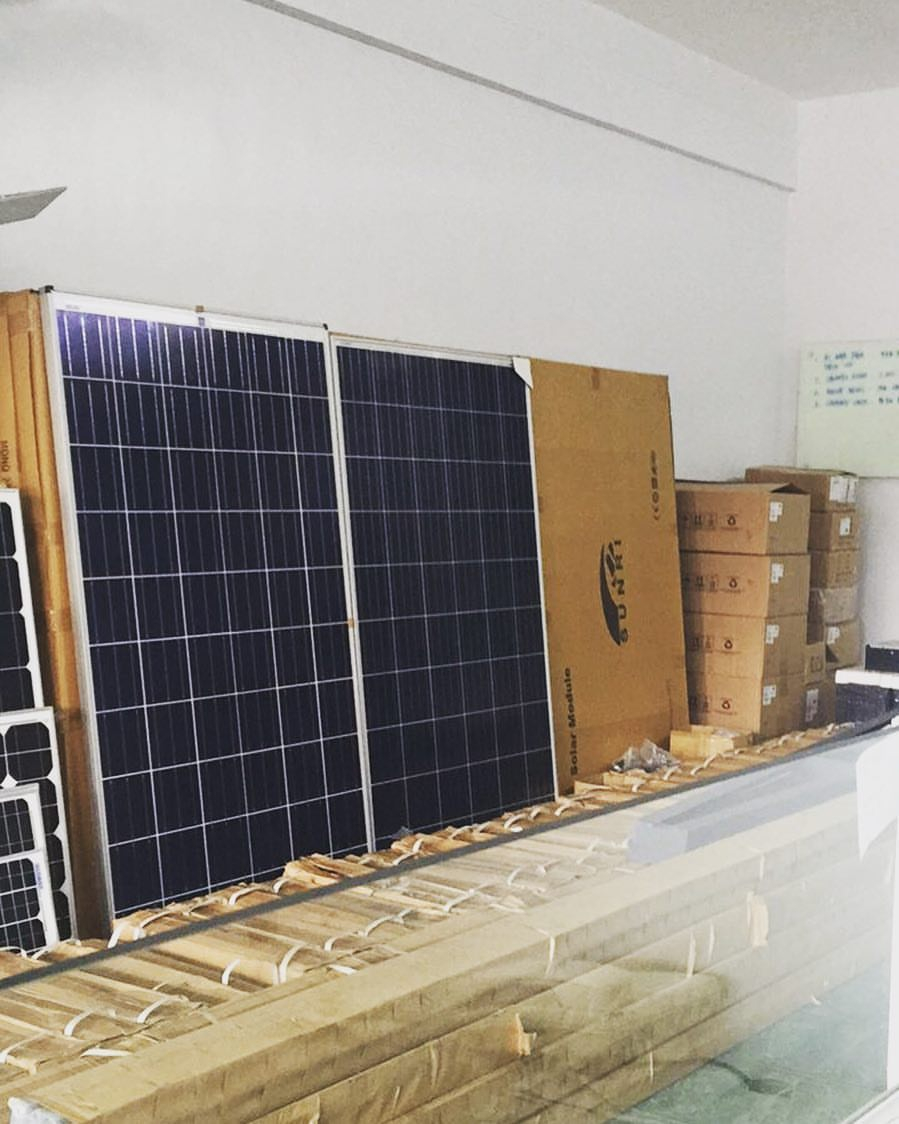
Polycrystalline panels are also made of silicon and will provide slightly greater space efficiency at a slightly higher cost. Poly Crystalline Solar Panel from @gentromech_co
Thin-Film Solar Cells (TFSC)
If you are seeking a more budget-friendly alternative, it may be worthwhile to consider thin-film solar panels. These panels are produced by placing one or more layers of photovoltaic material (such as silicon, cadmium, or copper) onto a substrate. They are the easiest type of solar panel to manufacture and can be produced at a lower cost due to requiring less material.
Thin-film panels also possess flexibility, enabling them to be used in various alternative applications, and are less prone to being affected by high temperatures. However, they typically require a considerable amount of space, which may render them unsuitable for residential installations. Additionally, they carry shorter warranties since their lifespan is inferior to that of monocrystalline and polycrystalline panels. Nevertheless, thin-film panels can be a suitable option in cases where ample space is available among the various types of solar panels.
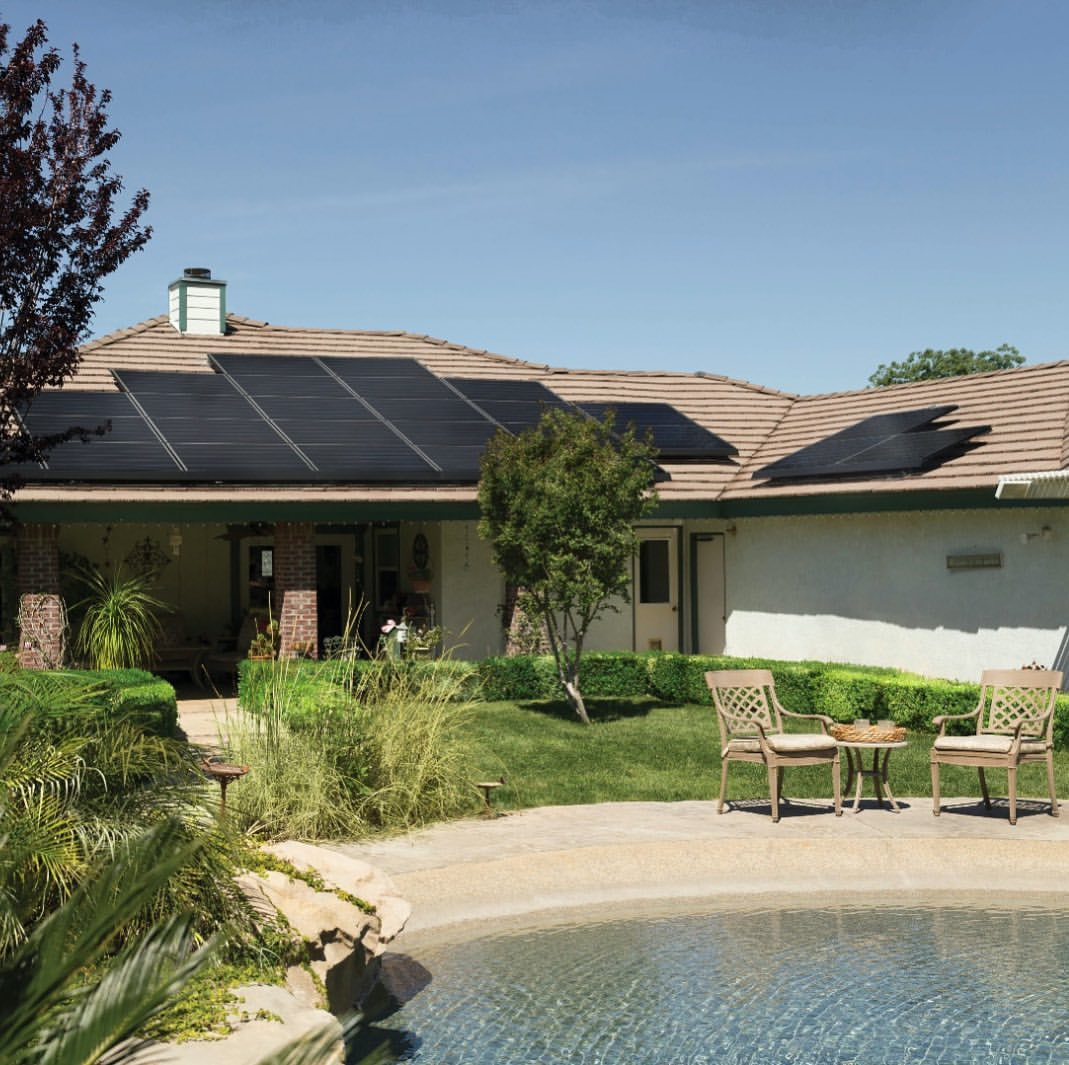
Crystalline silicon is by far the most important photovoltaic technology today. This type of solar panel requires a considerable amount of space, which may make it unsuitable for residential installations. Classic Crystalline Silicon Panels from @rsolar__

This type of solar panel is easy to manufacture and can be produced at a lower cost because it requires fewer materials. Solar PV is becoming the lowest cost option for new power plants in most parts of the world, which is expected to encourage investment in the coming years. Global Solar Power from @sungenpower
Amorphous Silicon Solar Cell (A-Si)
Perhaps you have used a solar-powered pocket calculator before? If so, you have probably encountered amorphous silicon solar cells, which are primarily utilized in such devices. Among the various types of solar panels, amorphous silicon panels employ a triple-layered technology that is the best among the thin-film variety.
To provide a quick overview of what “thin” implies in this instance, we’re referring to a thickness of one micrometre (one millionth of a metre). These cells have an efficiency rate of only 7%, which is lower than that of crystalline silicon cells (approximately 18%). However, the advantage of A-Si cells is that they are relatively low-cost.

Amorphous silicon solar cells are made using silane gas (SiH4) to deposit silicon onto a transparent medium. These cells have an efficiency rate of only 7%, which is lower than crystalline silicon cells (about 18%). Amorphous Silicon Solar Cell from @ljj8307
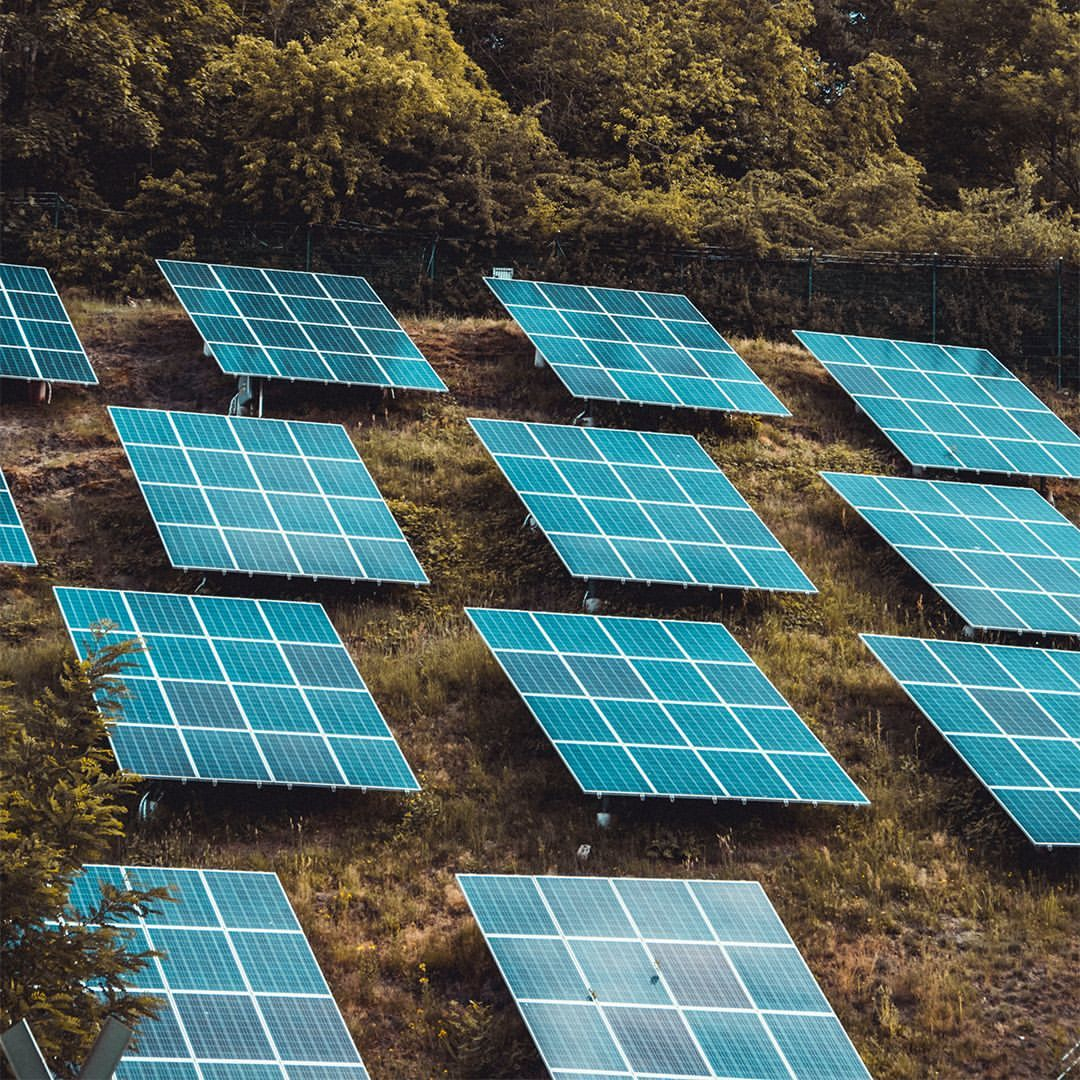
The efficiency of amorphous silicon solar cells has a theoretical limit of about 15% and realized efficiencies are now around 6 or 7%. If 10% efficiency can be achieved over large areas of thin film amorphous silicon cells on inexpensive substrates, then this would be the best approach for low-cost power generation. Silicon Solar Cell from @sunderenergy
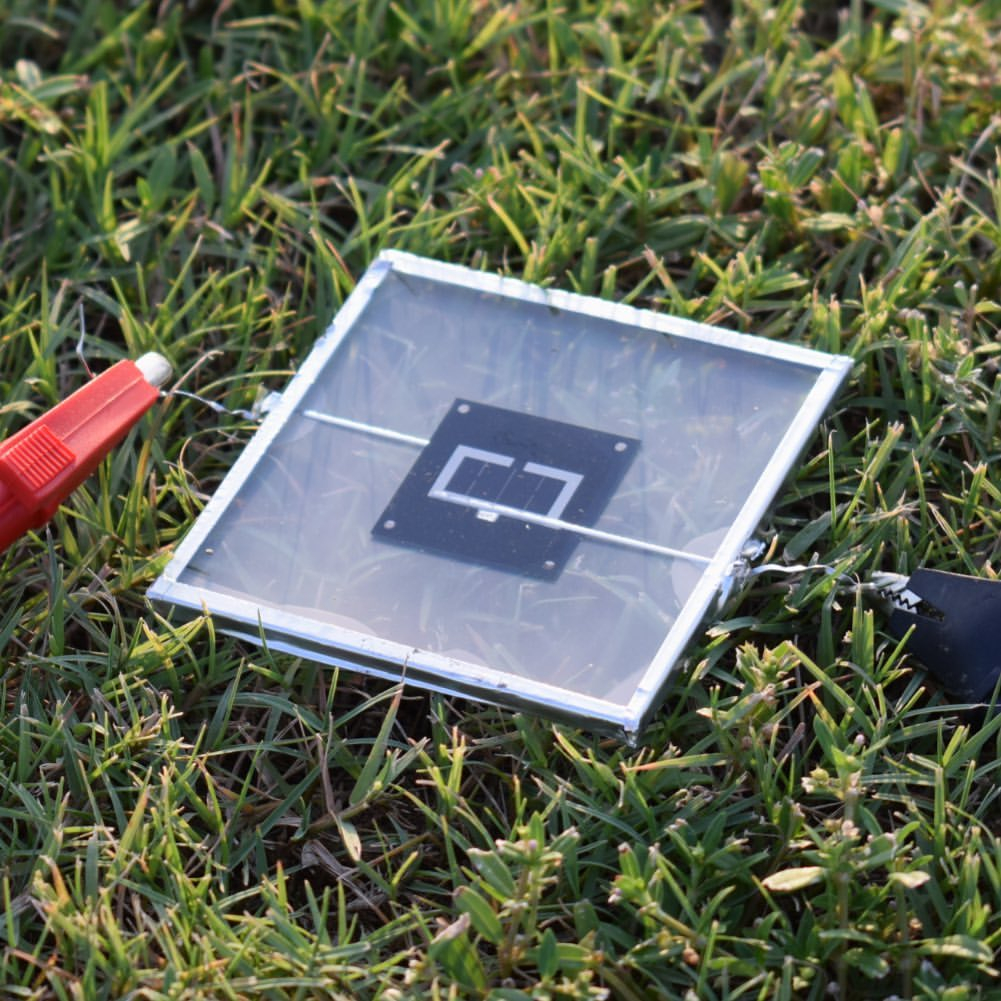
Amorphous silicon cells generally have low efficiency. The amorphous silicon panel uses the best three-layer technology among thin film types. The advantage of A-Si cells is that they are relatively cheap and are suitable for you to try on your home’s solar panels. Amorphous Silicon Solar Cell (A-Si) from @nature.portfolio
Biohybrid Solar Cell
One of the various types of solar panels that is still in the research phase is the Biohybrid solar cell, which was discovered by an expert team at Vanderbilt University. The new technology aims to exploit photosystem 1 and replicate the natural photosynthesis process. If you would like to learn more about the workings of the biohybrid solar cell, you can read about it in the American Journal of Optics and Photonics, which provides a more detailed explanation. Although many of the materials used in this cell are similar to traditional methods, the conversion from chemical to electrical energy becomes much more efficient (up to 1000 times more efficient than first-generation solar panels) only by combining multiple layers of photosystem 1.
Cadmium Telluride Solar Cell (CdTe)
This particular photovoltaic method employs Cadmium Telluride, and it stands out among the various types of solar panels for its ability to generate solar cells at a comparatively lower cost, resulting in a shorter payback period of less than a year. Moreover, it is the most water-efficient of all solar energy technologies, and thus has a lower carbon footprint. However, the major downside of using Cadmium Telluride is its toxicity if ingested or inhaled. This aspect is a significant obstacle to the adoption of this type of solar panel in Europe, where many individuals are concerned about its underlying technology.
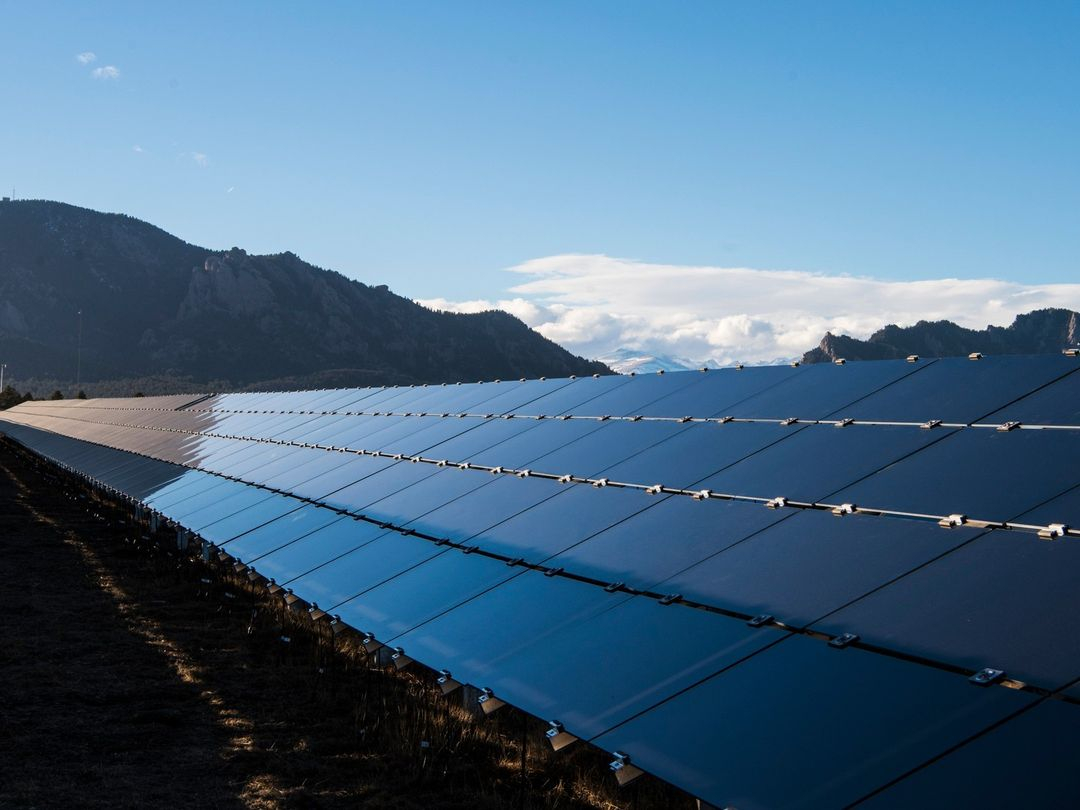
This type of Cadmium Telluride solar panel is the most water efficient solar energy technology. Applying for a home will result in a shorter payback period of less than a year. Cadmium Telluride Solar Panel from @nationalrenewableenergylab
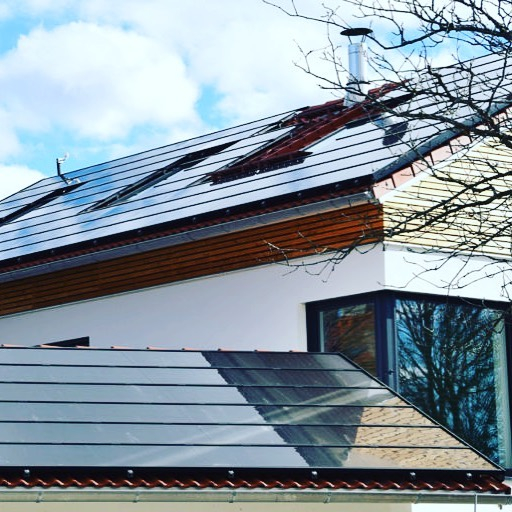
Cadmium Telluride solar panels have advantages and disadvantages. It is the most water-efficient solar energy technology, so it has a lower carbon footprint. Cadmium Telluride Solar from @smm_solar
Concentrated PV Cell (CVP and HCVP)
Conventional photovoltaic systems generate electrical energy just like concentrated PV cells do. However, multi-junction solar panels are capable of achieving efficiency rates of up to 41%, which is the highest among all photovoltaic systems available to date. These types of solar panels are named Concentrated PV (CVP) cells due to their ability to efficiently bundle sunlight using curved mirror surfaces, lenses, and sometimes cooling systems. This bundling of sunlight significantly increases the efficiency of the CVP cells.
CVP cells are considered one of the most efficient solar panel technologies, with high performance and efficiency rates up to 41%. However, the efficiency of these panels depends on their ability to face the sun at a perfect angle, which is ensured by a solar tracker installed within the solar panel.

A parabolic solar panel is a type of solar heat collector that is straight in one dimension and curved like a parabola. covered with a polished metal mirror, sunlight entering the mirror parallel to its plane of symmetry is focused along the focal line, where the object intended to be heated is positioned. Parabolic Solar from @treadingmyownpath
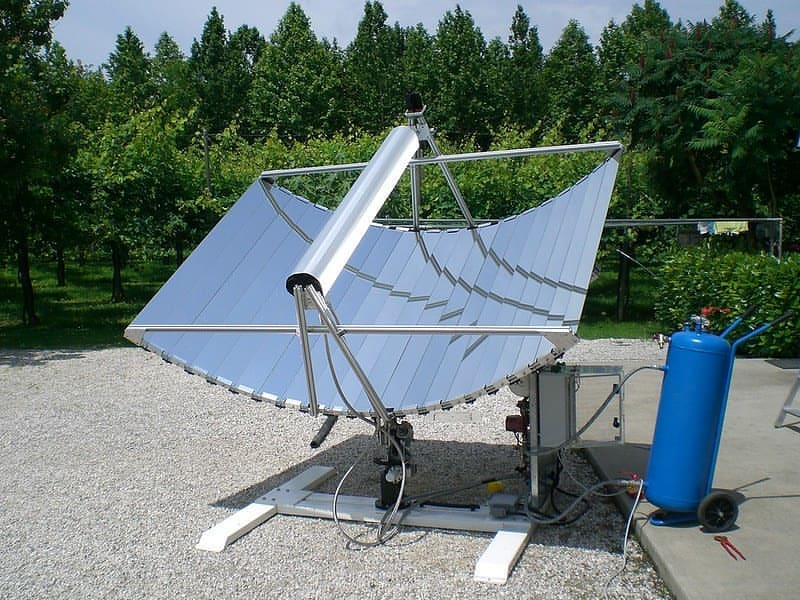
It consists of a parabolic trough of a polished metal mirror, an absorber tube located at the focal length of the metal mirror, and a solar field pipe. In addition, it is the most water-efficient solar energy technology, so it has a lower carbon footprint. Concentrador Solar Parabólico from @piranhasolar


